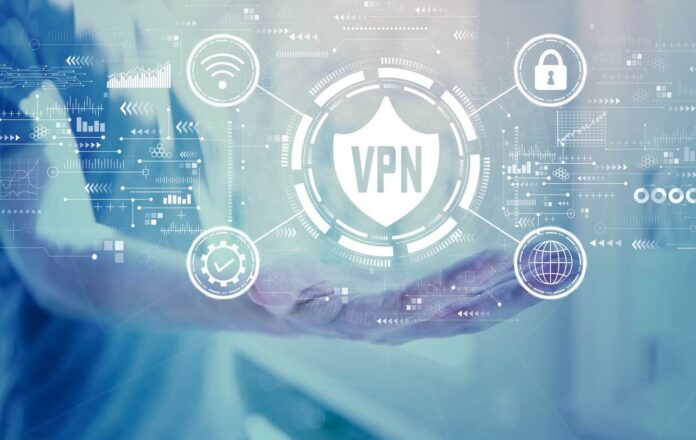
Table of Contents
Connecting your organization to the cloud comes with many benefits and the biggest ones include security, uninterrupted access from anywhere in the world, and freedom to analyze and manage data. If you have been considering this process, you probably want to know about the different methods you can utilize, and here, we are going to list some of the ways that you can connect your business to the cloud.
1. Virtual Private Network

The first way that we are going to mention, and the one that you are probably the most familiar with is VPN. This method, as you already know, will allow you to connect to the world wide web while using an encrypted connection. Not all connections are private, and sometimes we want to add an extra layer of protection to make sure that none of our data can be reached, stolen, or copied, and with that, we protect our organization as well as our customers.
The connection process is relatively easy, however, if you have not done it before, you may need to give yourself some time to fully figure this out. If possible, you should collaborate with a professional and get them to create the connection.
Keep in mind that you will need time to do this, so you should be ready to wait for several hours or in some cases, several days. The downsides of this process are that the data speed will most likely be lower than you want it to be, and in case there is an issue, you will need to reach deeper in your pocket to get things fixed.
2. Virtual Desktop Infrastructure
This method utilizes giving specific space on the remote server for each team member or employee, and this is allowing the users to fully customize their experience. With VDI you will be getting full control over your experience, and you can customize the way the infrastructure works depending on your preferences.
The benefits of this process include lowering the overall costs and every update, fix, or patch can be done on the device where the issue needs to be solved, and this creates simple solutions for many problems.
The negative sides are that you will need a really strong configuration that can withstand all this, and you may need to pay for bigger storage. In one way, this method is going to save you money, but if things go wrong on multiple desktops, then you will need to pay more and waste more time getting everything fixed.
3. Use a specialized platform

One of the easiest ways to do it all and to not only connect your organization to the cloud but also manage and grow all of your connections is to use a platform made for this exact purpose.
As you can see on this website, the whole process is pretty simple, and even if you are not tech-savvy, you won’t have any issues with the connection process.
You will need to make a few simple clicks to create a dedicated network connection, and then you will just need to pick the bandwidth, length, and location. Once you are done with that, the right platform for your needs will take care of the rest.
The reason why most business owners opt for this way instead of everything else is that they have full control of what’s happening without having to do all the hard work. With the right platform, you will be able to reach further across the globe, connect to everyone, faster, and you will get support to help you out with anything that you may need.
4. Remote Desktop Server
The difference between this option and the VDI that we previously mentioned is that here, you will only be getting separate access to the data but everything will be stored together. With the previous method that we mentioned, every user is getting their personal dedicated space, and here, everyone is using the same space, but they have a separate interface.
The interface here cannot be customized, and everyone will be sharing the same experience. Some users suggest that this allows uniformity, and that is far better for the business than having customized servers for every user. The good thing about this type is that since everything is located on one storage, things can easily be accessed, updated, and fixed, and when maintenance is needed, it does not need to happen on every device separately.
On the other side, users have a lot less freedom, and sometimes this can be a negative thing. Some users may get confused with the complexity of the overall configuration and they won’t be able to manage the cloud with ease. Keep in mind that since everything is stored in one place, in case there is a hack on one desktop, there are going to be problems in the whole organization.
5. Use a specialized software

Finally, you can choose to use specialized software to connect your organization to the cloud. The difference between this and using a platform is that with this process, you will be the one that does most of the work.
The good thing about that is that you will have full and total control of everything that is happening, and you will be doing it all on your own, without relying on a service to do it for you. However, this can be good as it is bad.
The negative side of this method is that if you are not tech-savvy enough, and if you don’t do things perfectly the first time around, you risk broken connections, issues, and even breaches in security.
It is recommended to choose this method only if you have the skills and the knowledge, and if you can find the right software for your needs. There can be different types of software available, but not everything is going to be legitimate, trustworthy, or worth the money. This is said to be also the riskiest option, so maybe you should not choose it unless you really have the experience.
Which method you choose is ultimately up to you, and they all have their positive and negative sides. Make sure you understand all the benefits and risks that come with each type of connection process, and if possible, talk to an expert that will advise you on which is the best way forward depending on your organization.
















